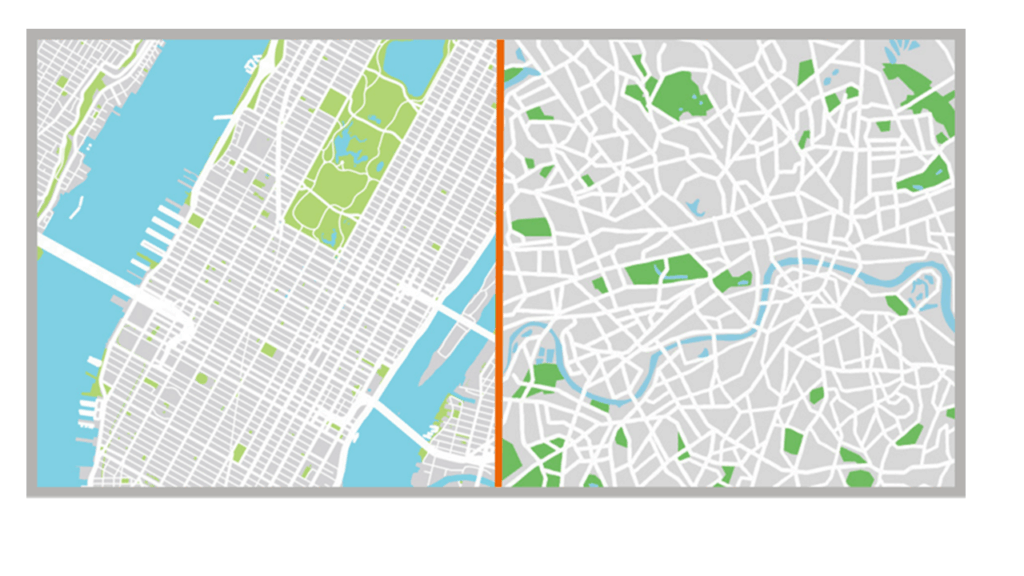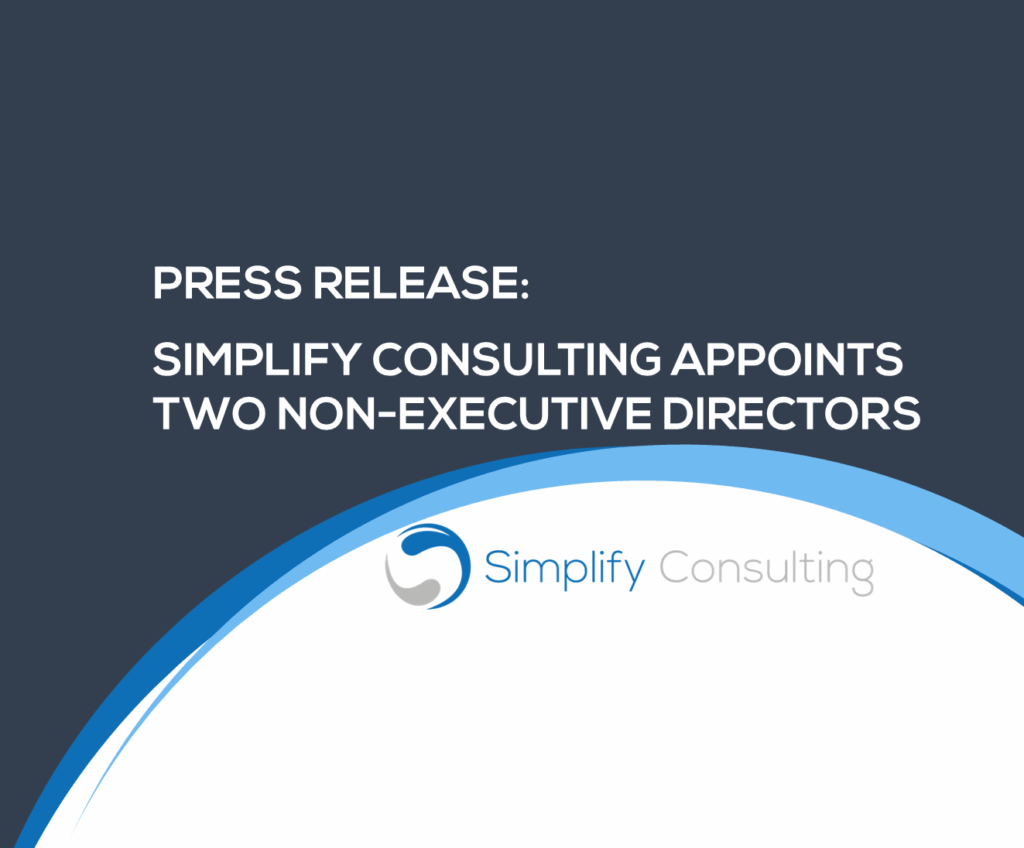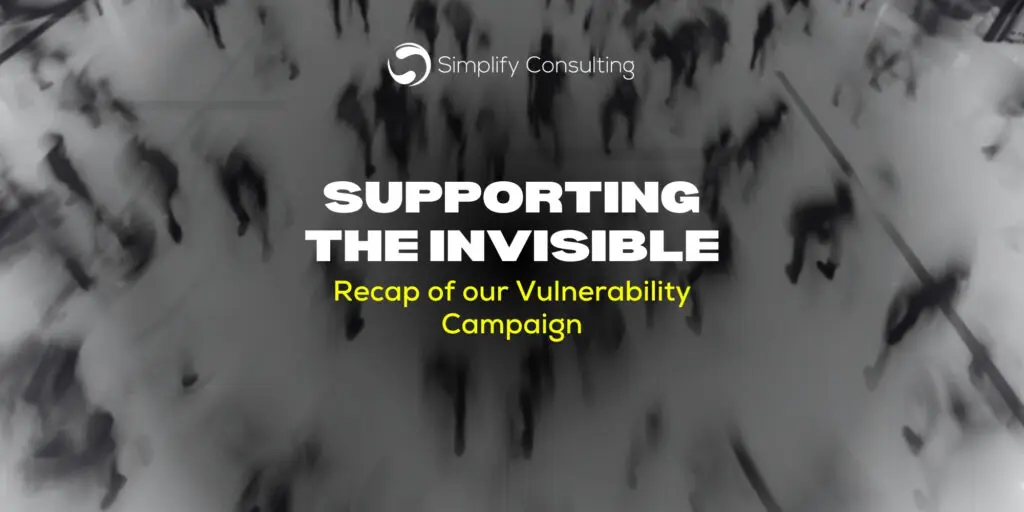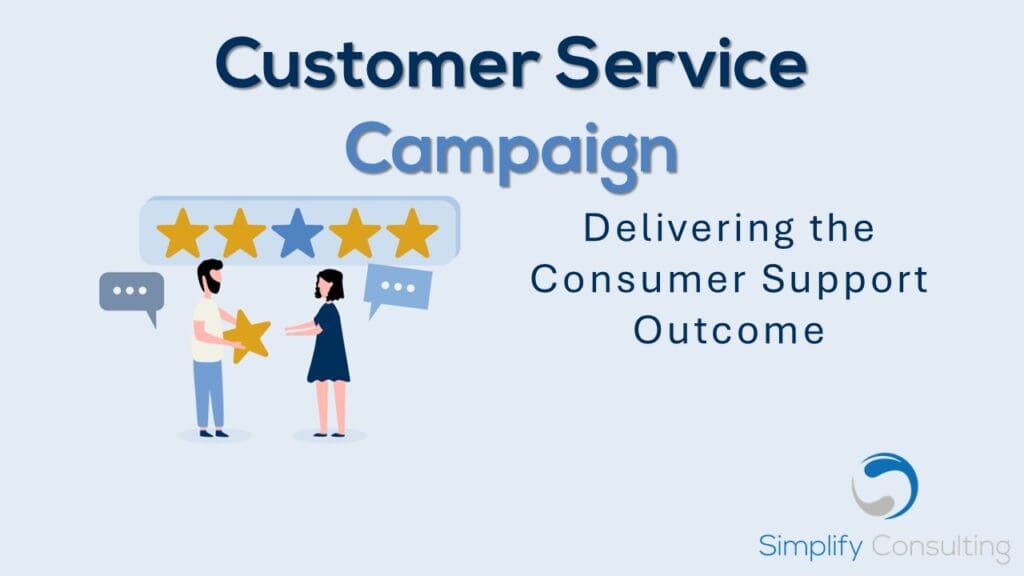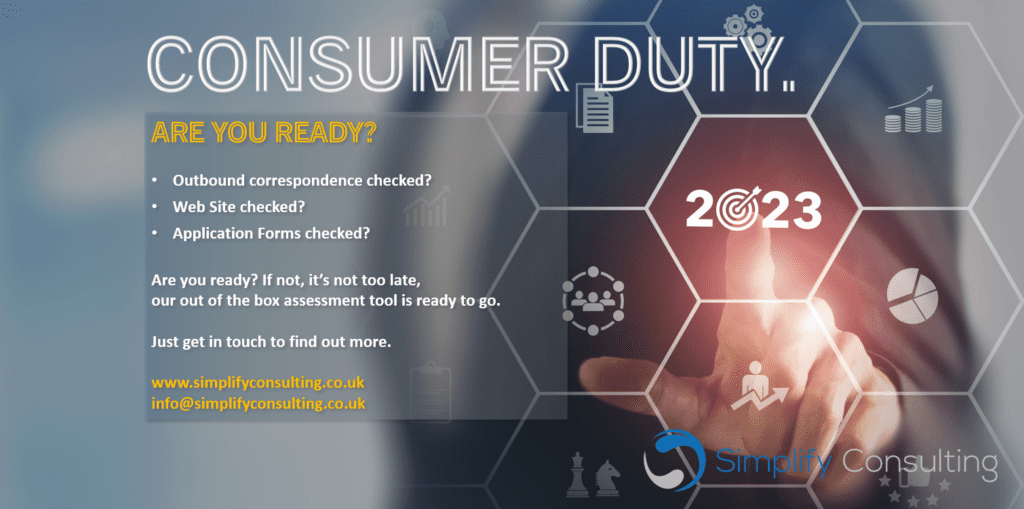Yet another set of new rules could spell problems for the pensions industry this summer – unless they plan carefully for the operational considerations.
From 1 June 2022 pensions providers must give customers a stronger nudge to the Pension Wise guidance – a free service through the Government’s ‘MoneyHelper’ service – when they decide to access their pension savings.
The rules apply when customers are making direct contact and not through an adviser. The aim is to get more people using guidance and encourage better choices.
As always, providers will need to make changes to accommodate the new regulations, including updating internal processes. Moreover, the changes also apply to the beneficiary as part of the bereavement process, and to the transfer out processes (if the transfer is being made for the purpose of accessing pension savings and the customer is age 50+.)
Prior preparation prevents poor performance
A little nudge sounds simple. But it’s not. We suggest that providers consider the following factors to ensure compliance as well as good outcomes for the customer:
- When to nudge: The proposed conduct of business sourcebook rules say it should sit directly before the risk factors questions and retirement risk warnings section. Some say this is too late because the customer has already made their decision in principle. It’s not easy to introduce the nudge earlier in the customer journey but you could consider introducing a more targeted contact point, such as before their 50th birthday, tailored to a customer’s contact preferences.
- Telephony scripts: Adapt telephony scripts to integrate nudges naturally into customer conversations. Remember to add the fact that they are free and impartial.
- Channels: Identify where a nudge is required i.e. via all the channels that customers use.
- How to book appointments: The online booking system would appear to be the simplest, cheapest and quickest way – allowing oversight of the appointment date. Or you can do it via phone – although with increased call volumes from June, you may be on hold for some time! Alternatively, if the customer prefers to book their own appointment, you’ll need to share all the necessary information.
- Appointment Confirmation: Write to confirm the appointment. Include all the relevant details to get them to attend it.
- Recording appointment date: When you have a record of when the appointment is, you can use it to diarise reminders. These can be used to trigger re-starting the process and initiate sending a reminder to the customer to encourage them to attend their appointment.
- Recording outcomes: You’ll need to record confirmation that guidance was taken or that the customer opted out. The reason for opting out should be captured and may include:
- Already received regulated advice
- Already received guidance
- The customer has done their own research
- The customer has already made their decision
- The customer doesn’t want a further delay in receiving their benefits
- Workflow: There will be a break in the process, the length of which will depend on how long it takes to attend an appointment – possibly up to several weeks. You’ll need to consider how you handle this within the workflow process. For example, will you create a case and pend it until the appointment has been attended? If so, will you abandon a case if the customer doesn’t re-connect after their appointment date and doesn’t respond to chasers?
- Process loops: The process will need to facilitate loops back round to the nudge. For example, where customers confirm that they didn’t make or attend a guidance appointment; or where the provider determines that circumstances have changed significantly since initial guidance was received, requiring an additional appointment.
- Training: Staff training will need to be planned and delivered to ensure understanding of the nudge and what is required to implement it.
- Operational considerations: Consider the additional workload burden, resourcing requirements and extension of processing times that will be result from implementing the nudge.
Tip of the iceberg
While these initial plans are known, the FCA is already proposing further changes. So, it’s worth being aware of these and laying the groundwork to prepare for them now.
The FCA might look to collect data from providers relating to the nudge. So, it makes sense to record accurate information from day one. This can support any subsequent reporting requirements that require providers to demonstrate how they’ve met obligations to customers and complied with rules. Such metrics may also be useful from an operational management information perspective.
The FCA is also looking further ahead to make opting out of guidance appointments more difficult. This could include introducing a cooling off period before an opt out can be accepted; or requesting that a customer confirm their opt out in writing.
The more you look at this the more complex it can get. But it needn’t be a burden. In fact, done well, it could be an opportunity to futureproof against further FCA requirements and add protection for self-directed customers.
If you need any extra assistance to ensure you’re operationally ready in time, we’d be happy to discuss how Simplify could help you deliver. Please get in touch via [email protected].
In the second part of our blog, my colleague Dean Bartlett will be considering whether the stronger pensions nudge will have the desired positive impact on customer outcomes.
Sources:
- https://www.ftadviser.com/pensions/2022/03/01/how-the-pension-wise-nudge-rules-will-work/?xnpe_tifc=x.n7bIU_OI_JOke.xf4NxypsafeWaeiWhFWcRf8Ltu46hMPZqoBDRfJXaksuqf4va94JayQWauVcbdScEfAShFbl4fYDOIY74f4uOIHXx1TT&utm_source=exponea&utm_campaign=FTAdviser%20CPD%2008.03.22%20&utm_medium=email
- https://www.fca.org.uk/publication/consultation/cp21-11.pdf
- https://www.bi.team/wp-content/uploads/2020/07/The-Stronger-Nudge-FINAL-1.pdf

Nina Cherry
Wealth Consultant







